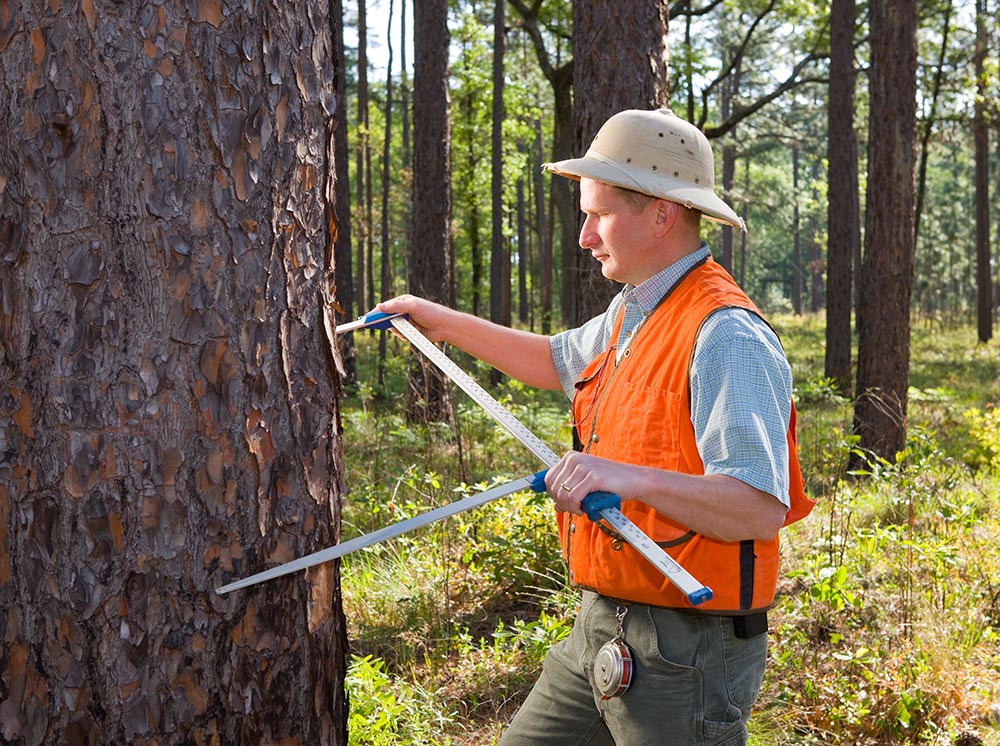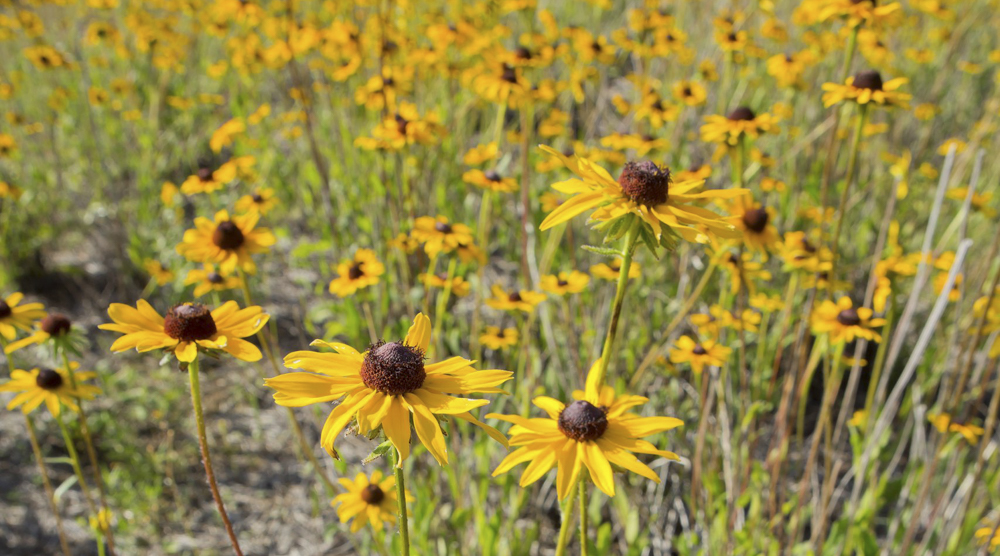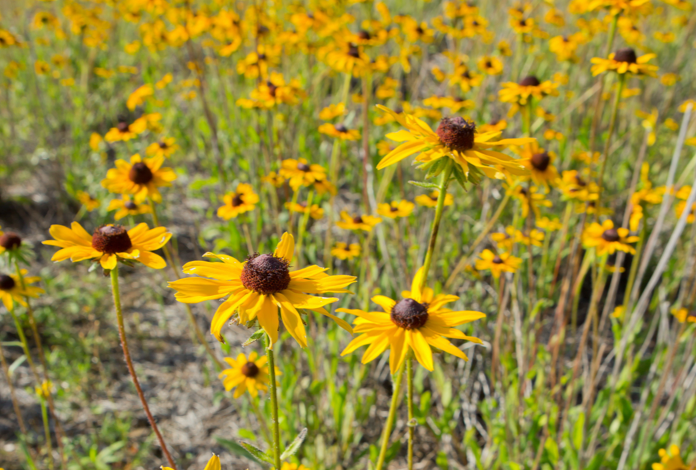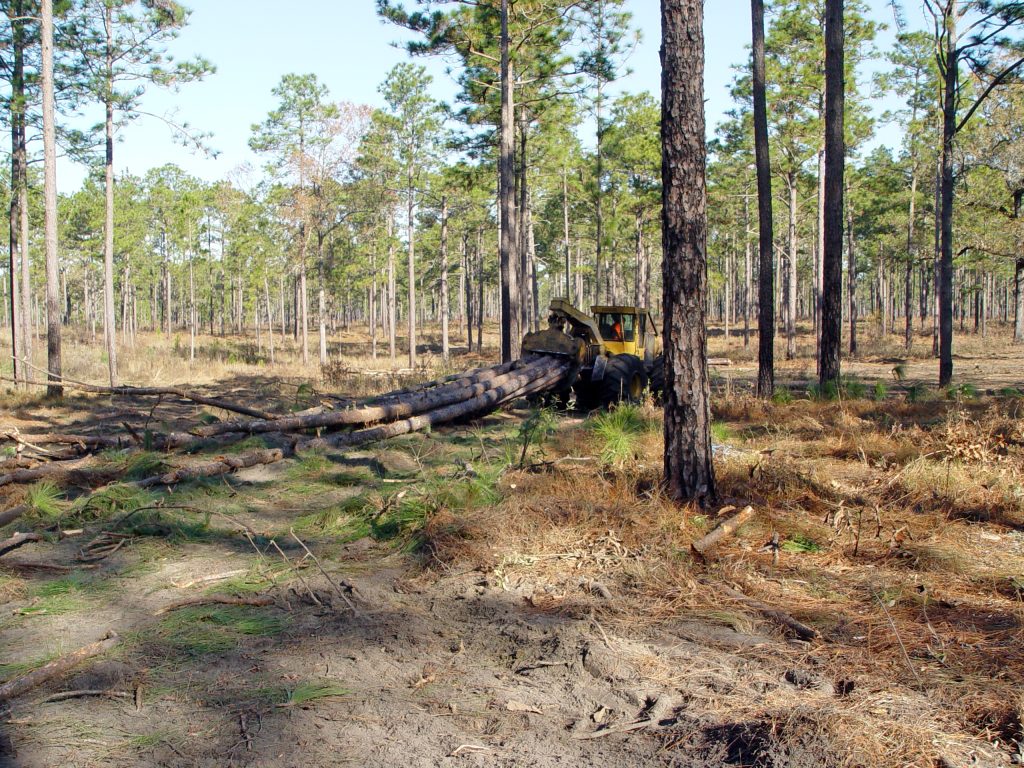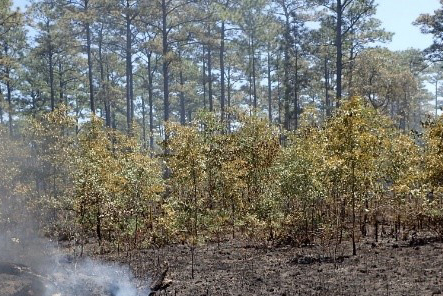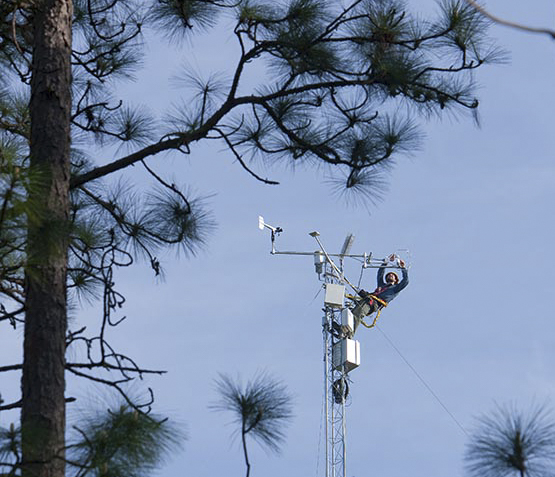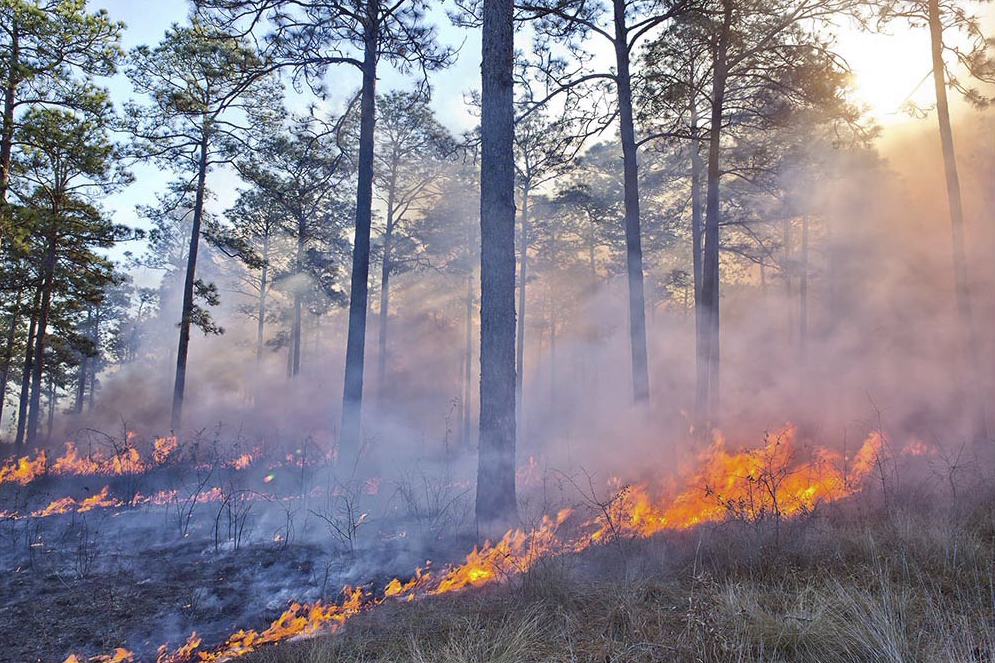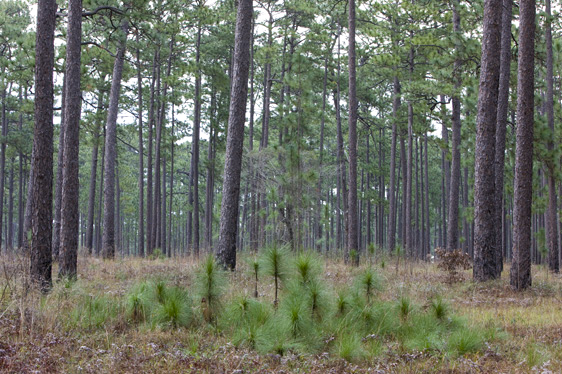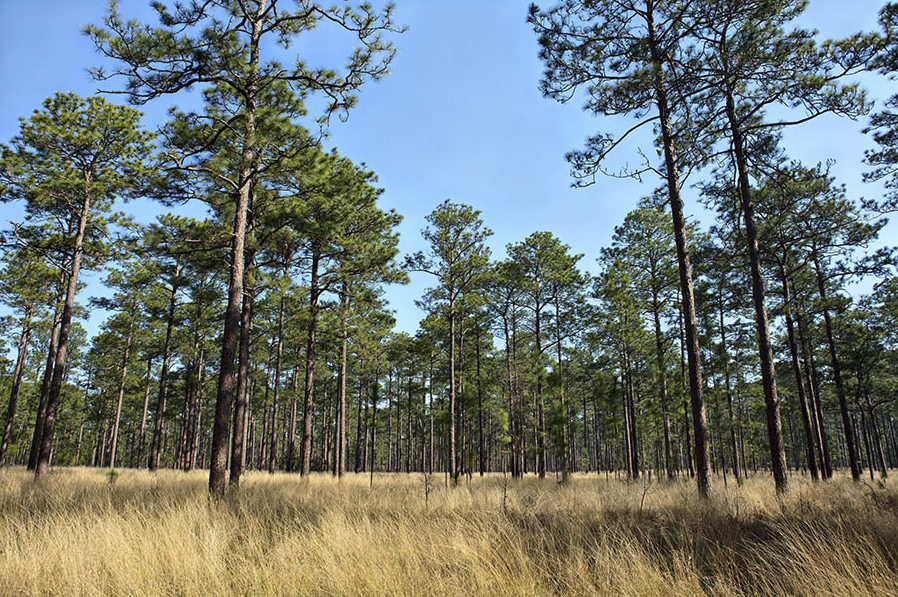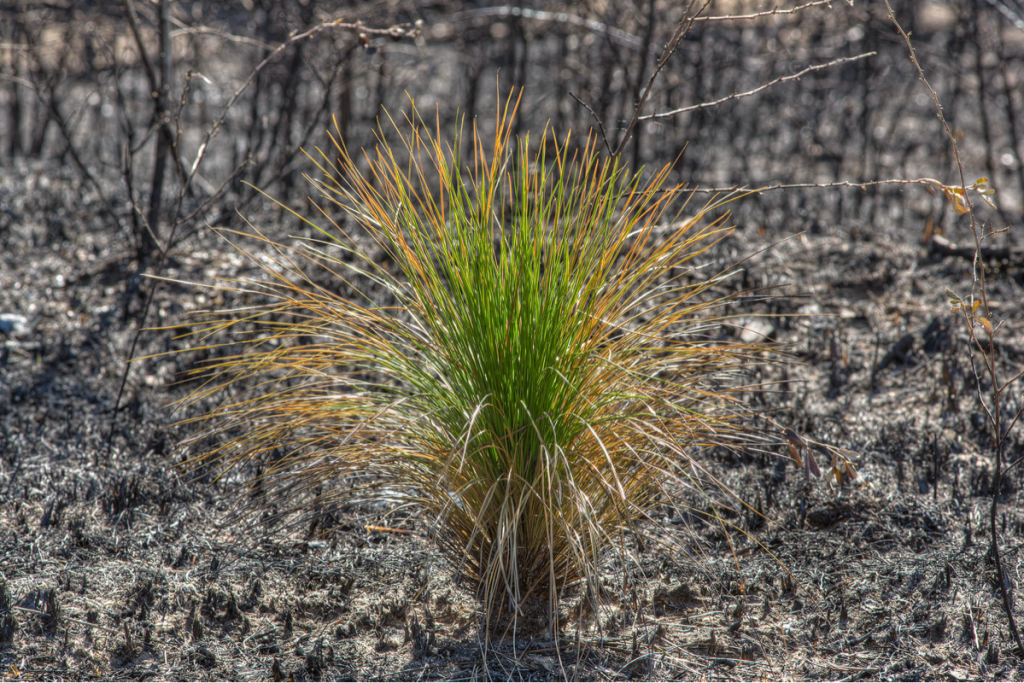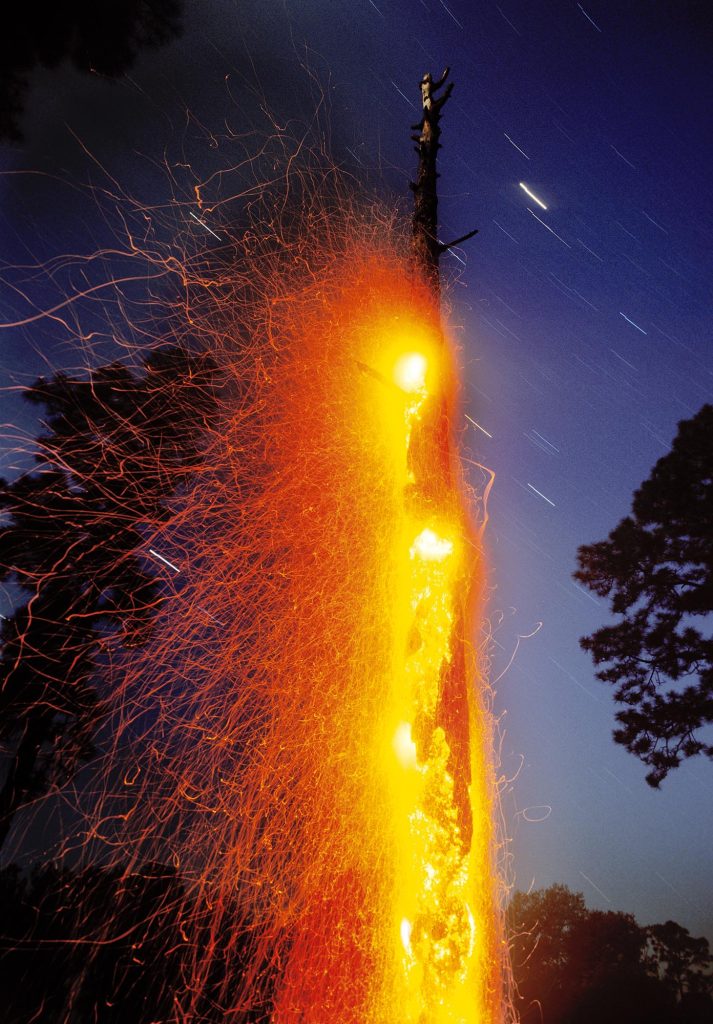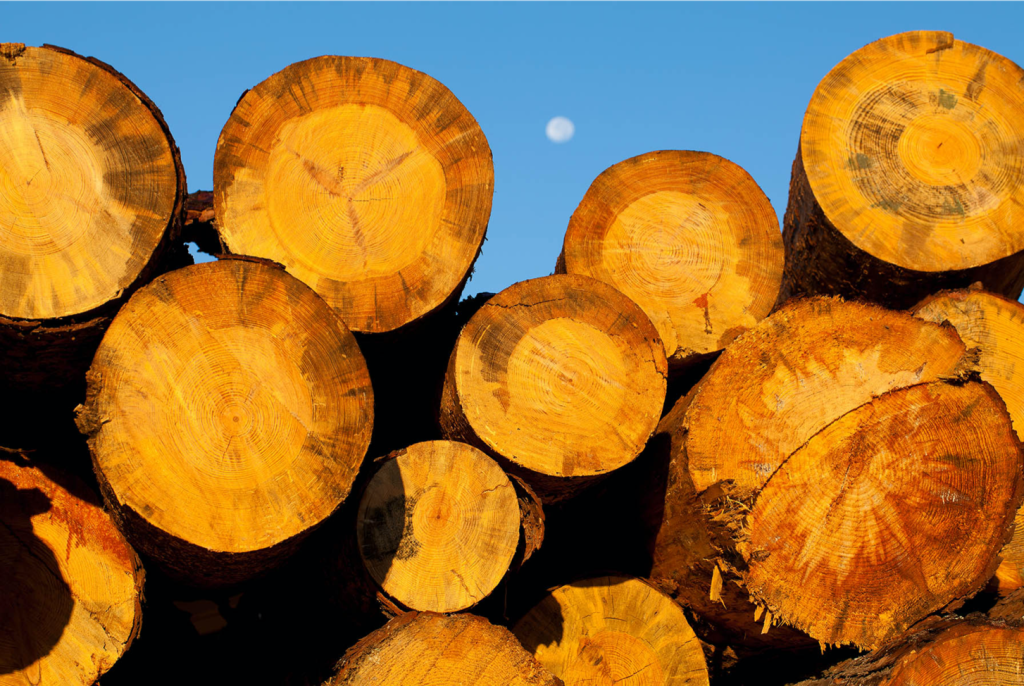were once one of the most extensive forest types in North America, encompassing over 92 million acres of the Southeast. Reduced to less than 5% of their historic extent, longleaf pine and its associated wildlife communities are now a priority for conservation and restoration across the region. In addition to habitat for both game and nongame wildlife, longleaf pine forests provide a range of other values such as biological diversity, high-quality timber products, societal goods and services (e.g., water yield and carbon storage), recreational opportunities, and aesthetic values.
Natural Resources Research & Management
